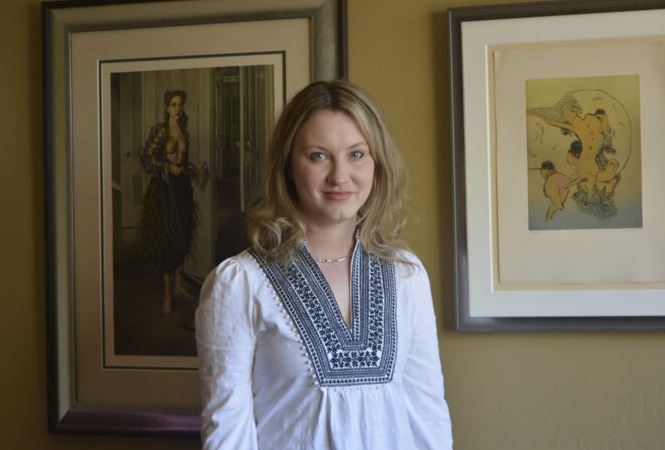When one door closes, another opens is a metaphor that expresses the end of one situation and is often followed by the start of a new one. In Surrealism, doorways have a symbolic meaning, often revealing a portal into the unconscious mind.
Surrealist Dorothea Tanning explained her interpretation of the doors she painted, saying, “I had been struck, one day, by a fascinating array of doors — hall, kitchen, bathroom, studio — crowded together, soliciting my attention with their antic planes, light, shadows, imminent openings and shuttings. From there, it was an easy leap to a dream of countless doors. Moreover, alone and taking stock of myself, I felt a sort of immanence as if my life was revealing itself at last—a real birthday.”
That imagery inspired Tanning’s renowned painting, “Birthday,” a self-portrait of the artist standing in a room, half-clothed with a multitude of doors ajar. She explained in her autobiography, “Everything is in motion. Also, behind the invisible door another door. There is no showing who one is.” Tanning suggested a rebirth from the real into the surreal in her work.
Recently, Tanning’s work, among other surrealist female artists, has been gaining notoriety in the art world. Her painting, “Le Mal Oublié,”[The Ill Forgotten] sold at auction at Christie’s New York for a record price of $1,440,000.
In the mid-1940s, Surrealists Tanning and her husband, Max Ernst, impressed with Sedona’s beauty and landscape, built a home off Brewer Road and lived there from 1943 to 1957. Tanning appropriately named it “Capricorn, Hill,” writing in her autobiography, “…In Arizona, there was nothing about our made-it-myself two-room house that visibly merited a name, Capricorn Hill.

